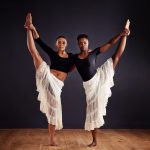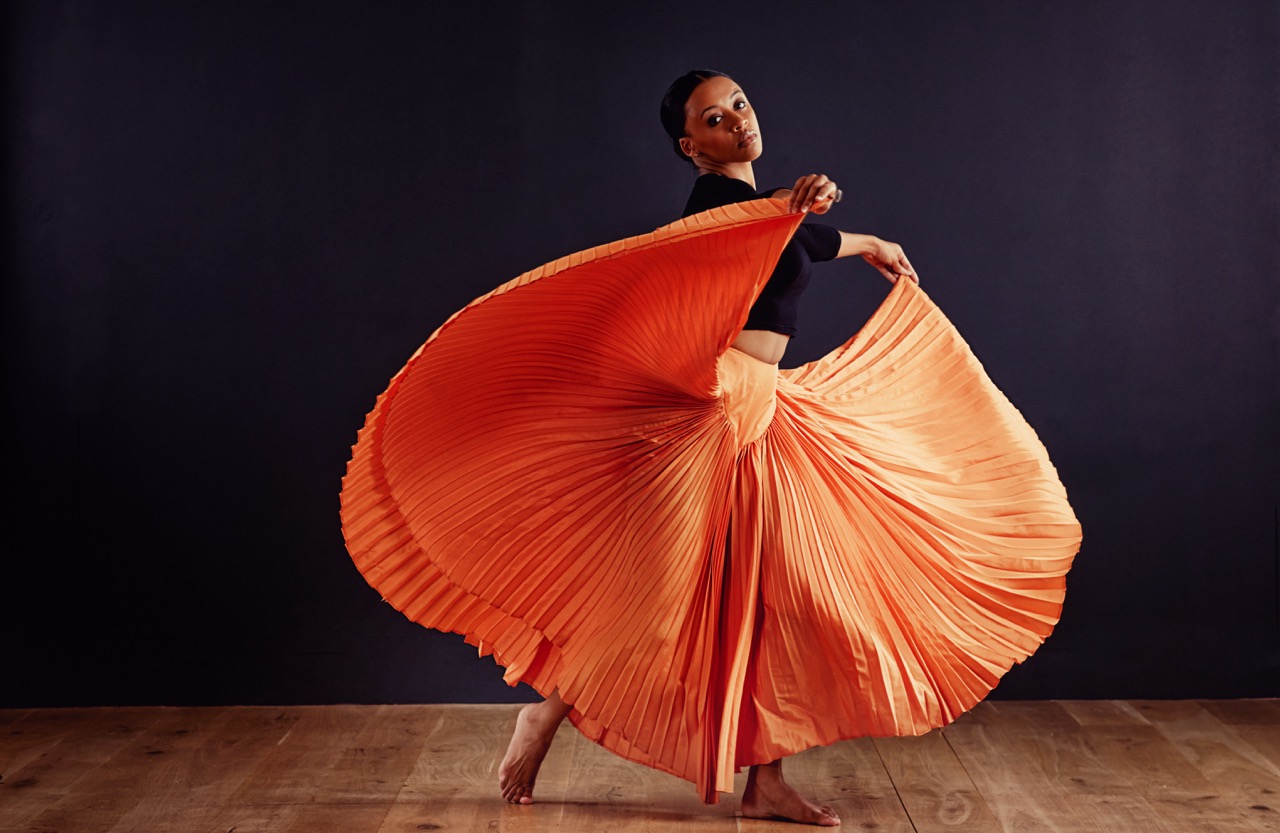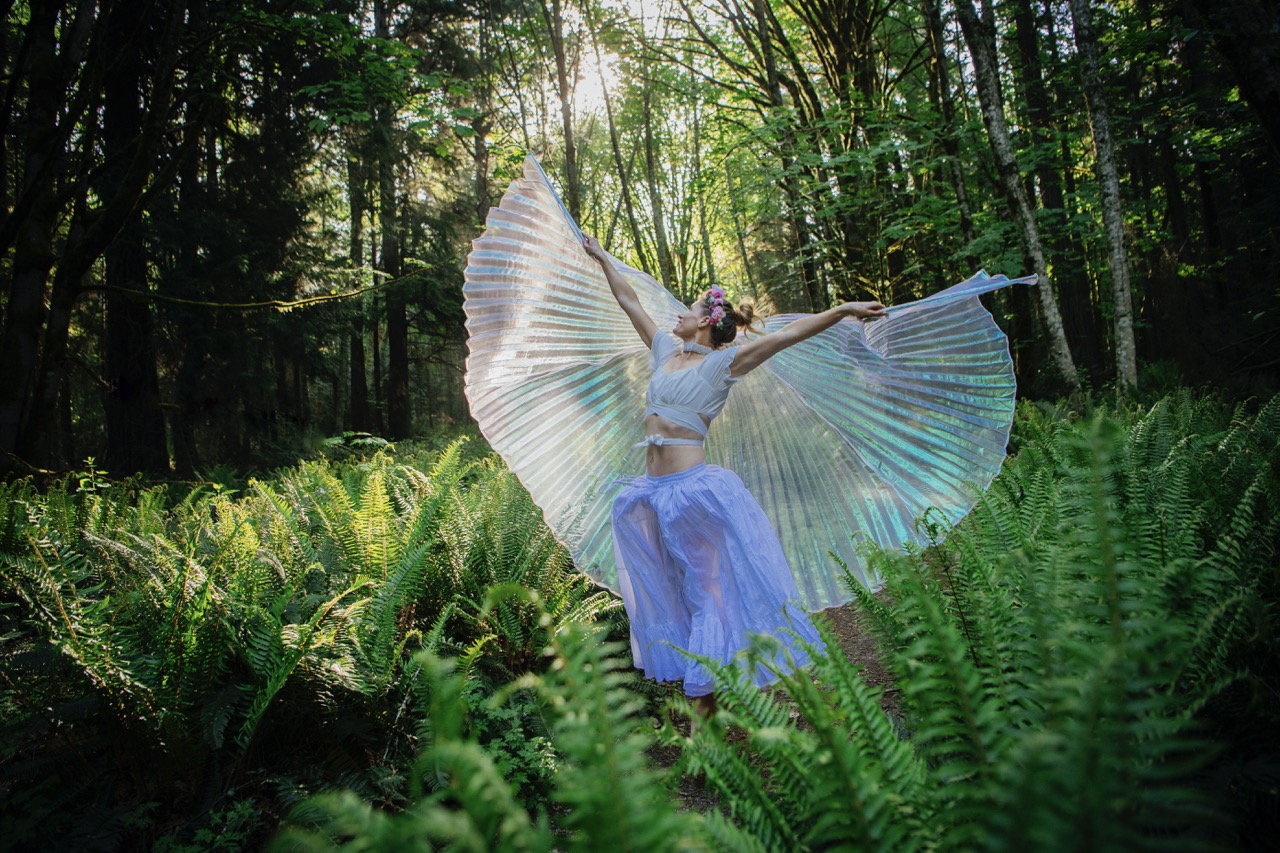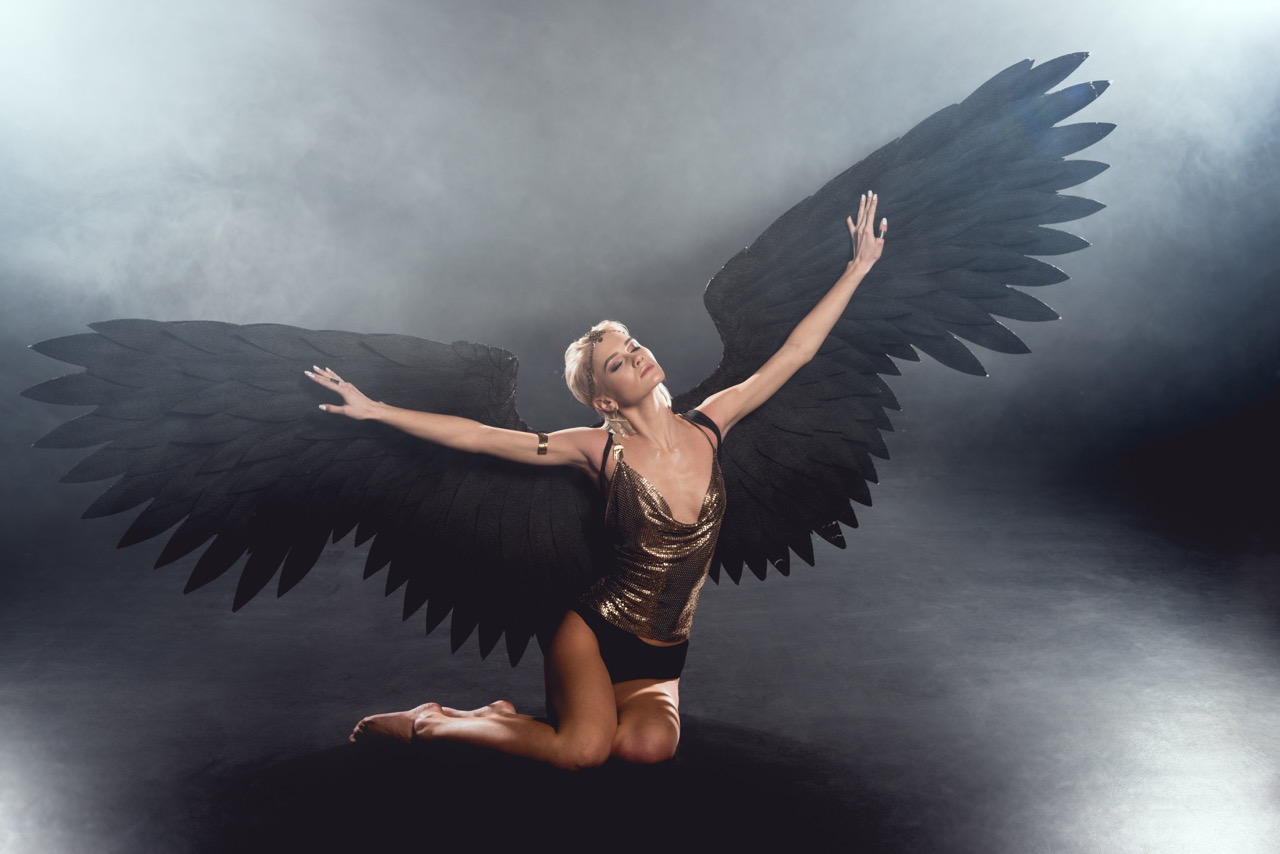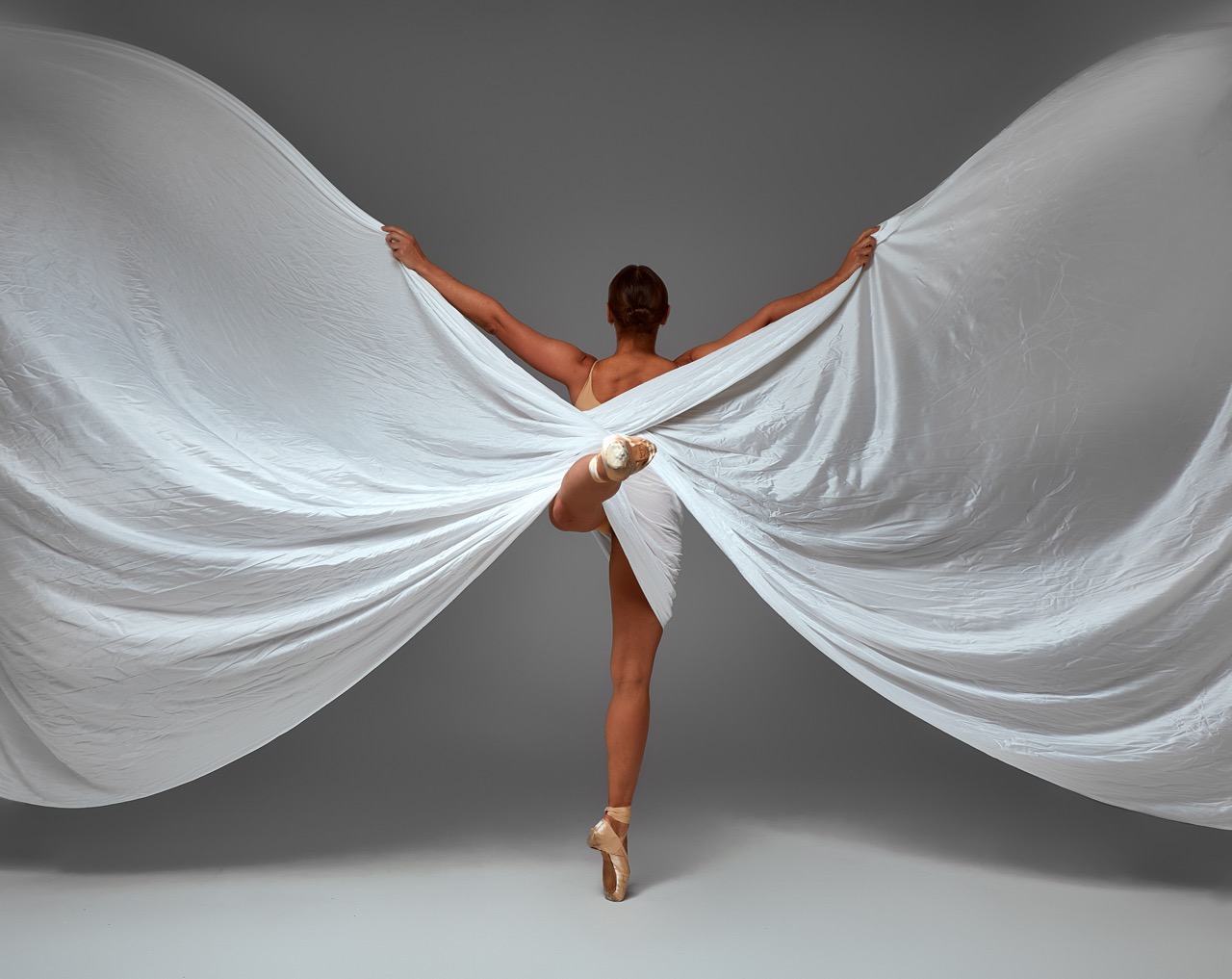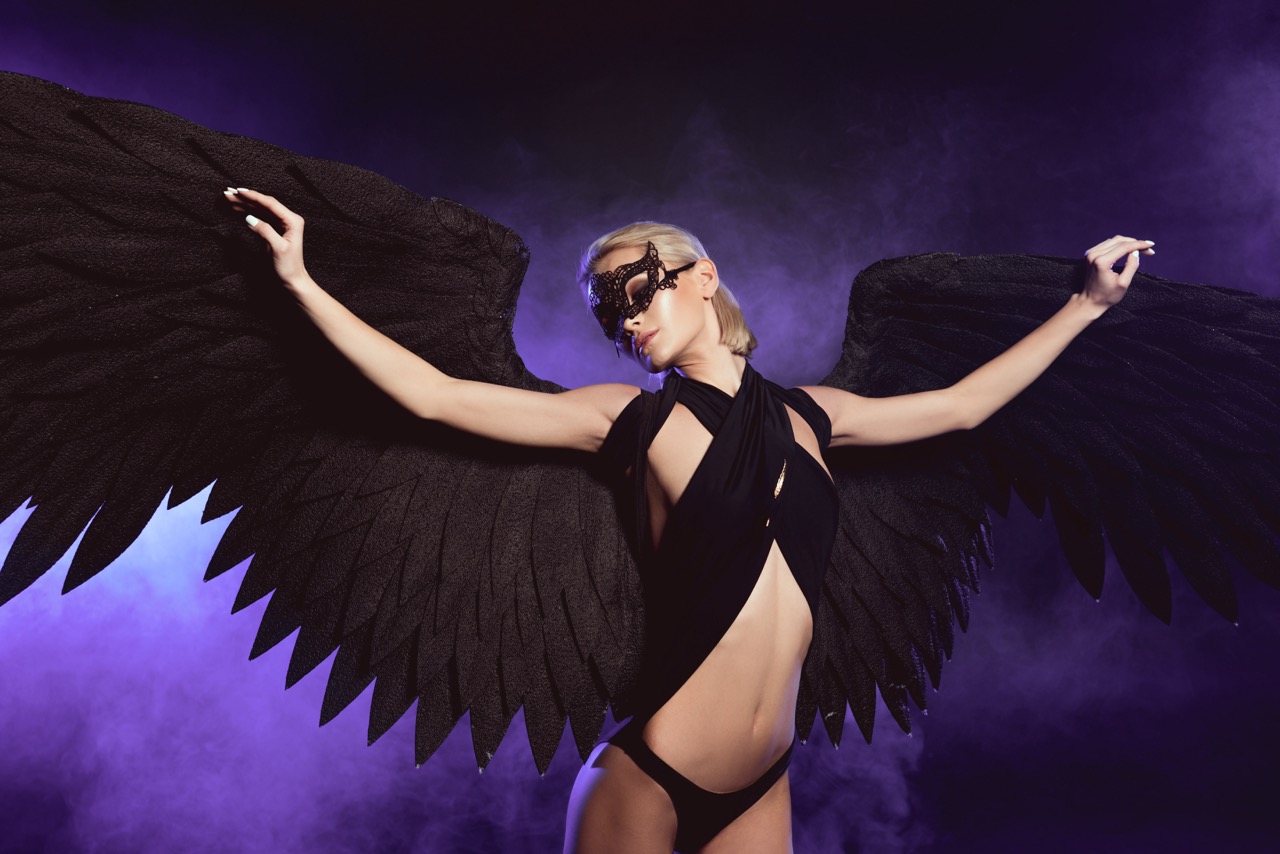Dance is more than just an art form or a pastime; it is a universal language that transcends cultural and linguistic barriers. Through movement, rhythm, and expression, dance serves as a powerful social catalyst, fostering connections among individuals and communities. In various settings—from social gatherings to formal performances—dance provides a platform for people to engage, interact, and build relationships. This article explores the multifaceted impact of dance on social interactions, revealing how it brings people together and enhances communication.
The Rhythm of Connection: Dance as a Social Catalyst
When people come together to dance, they engage in a shared experience that fosters connection. The rhythmic patterns and synchronized movements create a sense of unity, enabling individuals to feel part of something larger than themselves. Whether it’s a lively salsa night at a local club or a formal ballroom event, the act of dancing together generates a collective energy that brings participants closer. This communal experience often leads to increased bonding, as dancers navigate the complexities of rhythm and movement hand in hand.
Moreover, dance serves as a vehicle for self-expression, allowing individuals to convey emotions and stories without the need for words. This non-verbal form of communication creates an intimate atmosphere where participants can connect on a deeper level. Whether expressing joy, longing, or celebration, the shared emotional experience can strengthen social ties and deepen relationships. In this way, dance acts as a bridge, linking individuals through their shared humanity and fostering a sense of belonging.
Finally, dance can facilitate social interactions by lowering barriers and breaking down social anxieties. In a dance setting, the focus shifts from individual differences to a collective experience. People are often encouraged to let go of their inhibitions and embrace the moment. This process can lead to newfound friendships and connections, as participants move beyond superficial judgments and engage with one another authentically. The rhythm of connection through dance becomes a means of creating lasting relationships and nurturing a sense of community.
Breaking Barriers: How Dance Unites Diverse Communities
Dance has a unique ability to transcend cultural and social boundaries. In multicultural settings, dance can serve as a bridge that connects individuals from various backgrounds. Through traditional dances, for example, communities can share their heritage, fostering respect and appreciation for each other’s cultures. Dance festivals and workshops that celebrate diverse styles invite people to learn from one another, creating a rich tapestry of shared experiences. In this way, dance not only preserves cultural identities but also promotes understanding and unity.
In many urban environments, dance has become a common ground for individuals from different walks of life. Programs that incorporate dance, such as flash mobs or community dance classes, invite participants to collaborate and engage, regardless of their differences. These interactions often lead to friendships that extend beyond the dance floor, challenging stereotypes and promoting inclusivity. The act of moving together creates a sense of camaraderie, allowing people to celebrate their differences while also recognizing their shared love for movement.
Furthermore, dance can play a transformative role in social activism. Many dance initiatives focus on addressing social issues, such as racial equality or mental health awareness. By coming together through dance, participants raise consciousness and advocate for change. These events create a communal spirit, reminding individuals that they are not alone in their struggles. The power of dance to unite diverse communities fosters a collective resilience that empowers individuals to work towards a common goal.
Body Language in Motion: Dance and Nonverbal Communication
Dance is an intricate form of nonverbal communication that conveys a wealth of information without the spoken word. Each movement, gesture, and expression can express a myriad of emotions, allowing dancers to tell stories and share feelings. For instance, a gentle sway might indicate comfort and intimacy, while a powerful leap can convey strength and freedom. This rich vocabulary of movement allows for nuanced interactions, creating a dialogue that transcends linguistic limitations.
In social settings, the ability to read body language through dance can enhance interpersonal connections. Dancers often rely on cues from their partners, responding to subtle shifts in movement and energy. This heightened awareness fosters empathy and understanding, as individuals learn to interpret each other’s intentions and emotions. The act of dancing together cultivates a nonverbal bond that enriches relationships, allowing participants to connect on a profound level without preconceived notions or barriers.
Moreover, dance can serve as a tool for healing and expression in social contexts. For those navigating challenges such as trauma or grief, dance provides an outlet for processing emotions in a supportive environment. In group settings, participants often find solace in moving together, creating a shared space for vulnerability and expression. The nonverbal nature of dance allows individuals to connect without the pressure of verbal communication, fostering a sense of acceptance and community that can be deeply transformative.
The Dance Floor: A Playground for Building Relationships
The dance floor acts as a dynamic playground where relationships flourish. In this vibrant space, individuals encounter one another in an atmosphere of joy and liberation. Whether through partner dancing or solo freestyle, the dance floor provides opportunities for individuals to express themselves, leading to spontaneous interactions and connections. The electrifying energy of the music, combined with the exhilaration of movement, creates an environment conducive to forming friendships and romantic relationships alike.
Additionally, dance clubs and social dance events serve as breeding grounds for social engagement. The act of asking someone to dance can break the ice, transforming strangers into partners in minutes. These encounters often pave the way for deeper conversations and connections beyond the dance floor. As individuals share the experience of rhythm and movement, they build rapport, exploring shared interests and discovering new friendships, often leading to lasting connections.
Lastly, the dance floor plays a crucial role in fostering a sense of community. Regular attendees at social dance events form a close-knit family, where individuals support and uplift one another. This sense of camaraderie is vital for personal growth, as dancers encourage each other to step out of their comfort zones and improve their skills. In this nurturing environment, relationships thrive, and the dance floor becomes a sanctuary where individuals find their place and cultivate lasting bonds.
Dance is a powerful tool for enhancing social interactions, creating connections, and bridging cultural divides. Through shared movement, individuals break down barriers and communicate on a deeper level, fostering relationships that enrich their lives. As a form of expression and a means of building community, dance continues to play a pivotal role in shaping social dynamics. In a world that often feels disconnected, the art of dance reminds us of our shared humanity and the joy of coming together in rhythm and motion.




